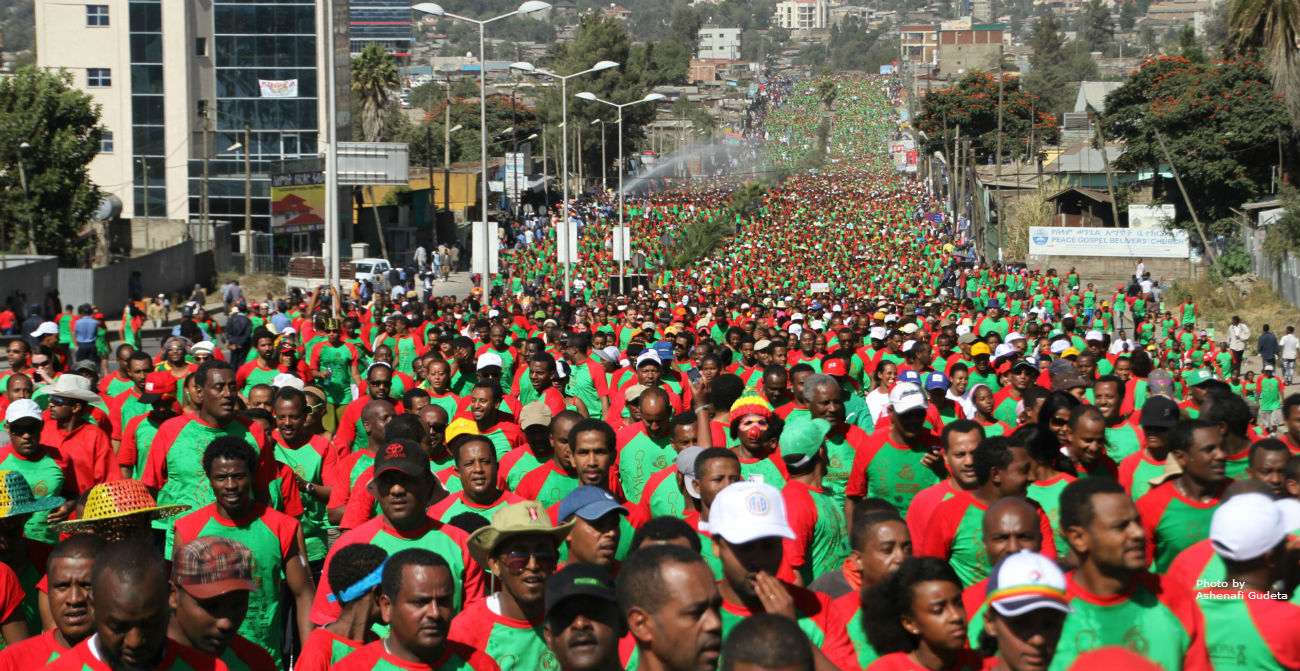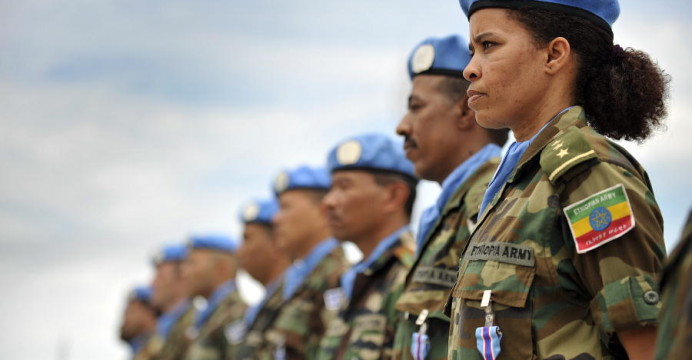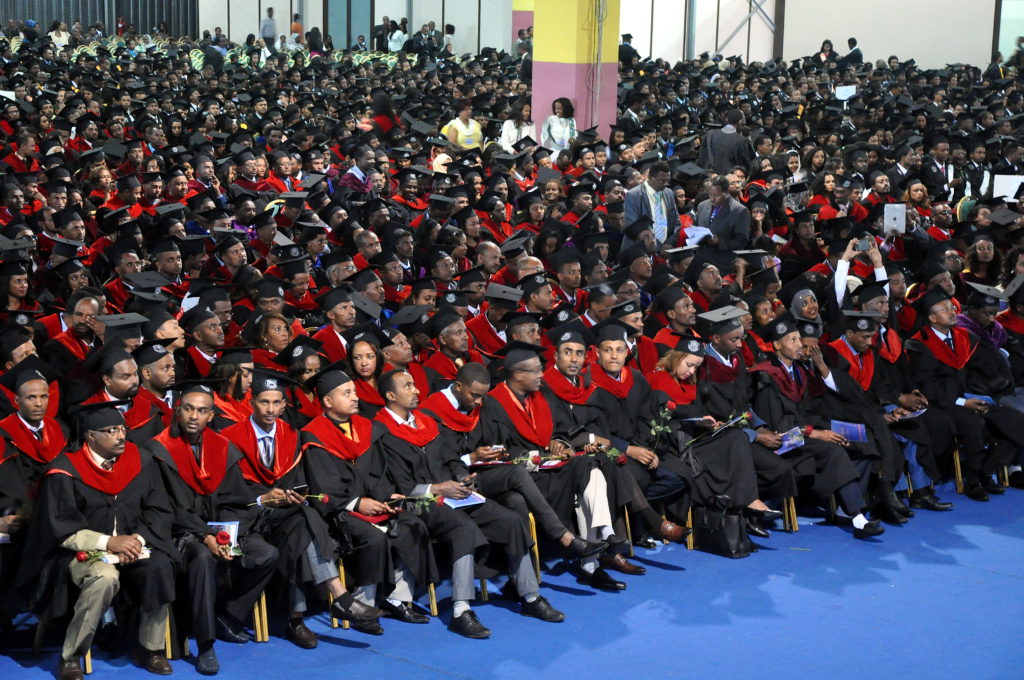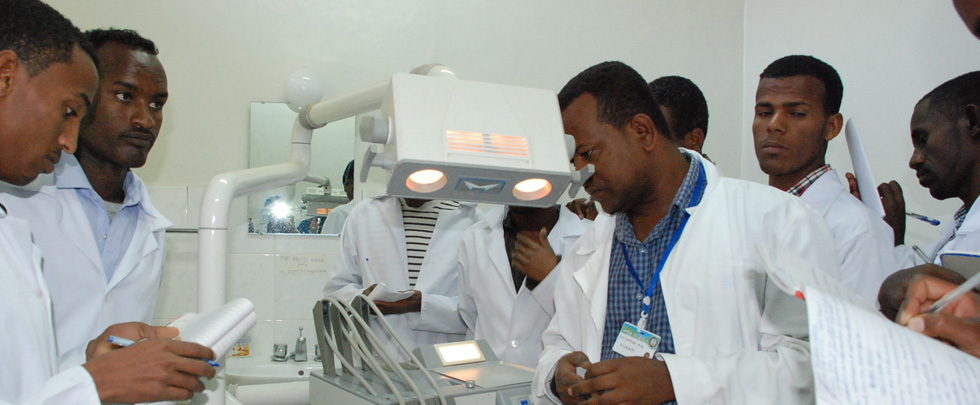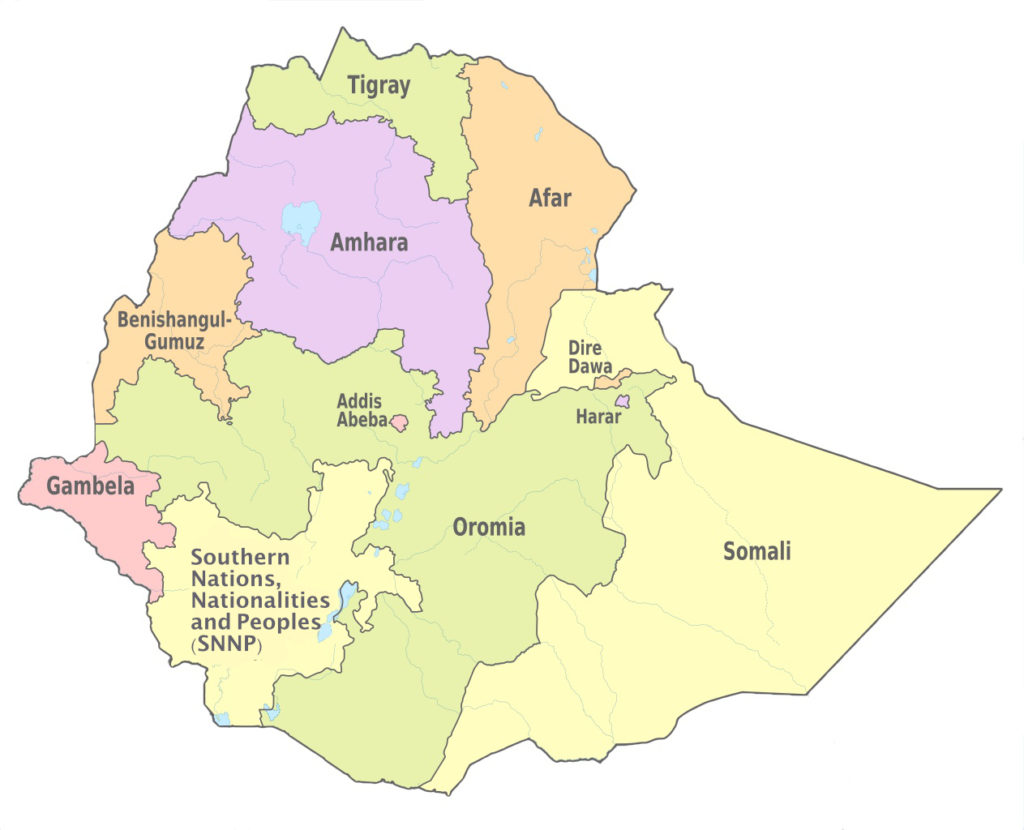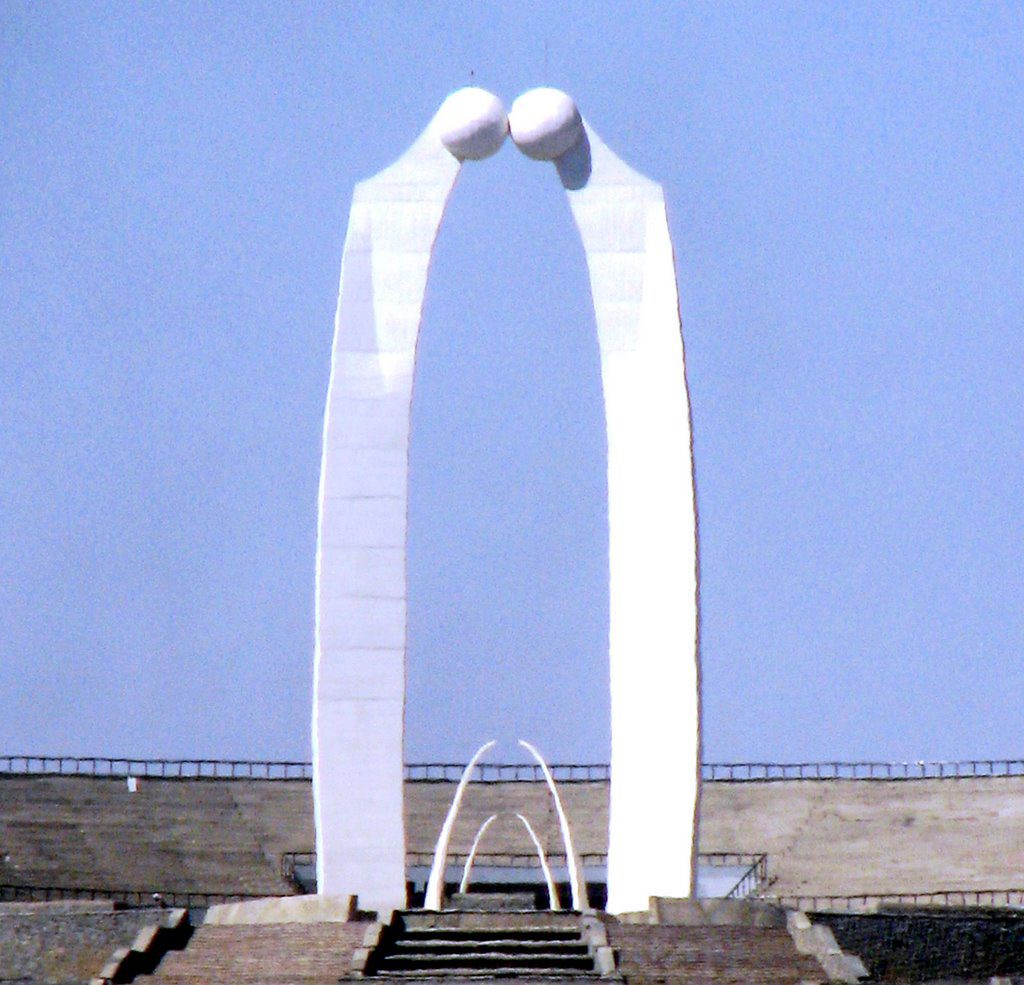The 2nd National Ethiopian Diaspora Festival (EDC) wrapped up on 2 August 2016 in the presence of PM H.E. Hailemariam Dessalegn, various other ministers, high level government as well as members of the Ethiopian Diaspora Community.
The closing ceremony included Prime Minister H.E. Hailemariam Dessalegn’s answers to various questions from participants to the festival. PM Hailemariam opened his address by thanking the EDC for having participated in the NEDF by sacrificing their valuable time. During his concluding remarks PM Hailemariam stated “Ethiopia is a country that has started to emerge out of the swamp of poverty very recently. And that’s because of the development policies and strategies of the government.” He further added that “In the last 25 years Ethiopia has registered a rapid and sustainable economic development.”
Referring to recurrent global challenges to development, PM Hailemariam said that, “global challenges that face developing countries face Ethiopia too which is why the government is paying special attention to human resources development.”
In the same accord PM Hailemariam has stated that “If we cannot commonly fight against rent-seeking and chauvinism, we might not be able to relish our developmental achievements or else realize our aspirations for prosperity.” He has also called upon the EDC to invest in the Information and Technology (ICT) sector in Ethiopia.
Speaking of the problem of human trafficking, PM Hailemariam stated that, “even if we have worked very hard to minimize the phenomenon people who don’t have jobs will still be tempted to move out of the country under illegal circumstances.” To curb the problem, he remarked that, “We should work towards the creation of more jobs if we are to stop human trafficking on a long-lasting basis.”
In addition, PM Hailemariam ha reiterated the fact that “it is with the active participation of the people – citizen activism – that rent-seeking and corruption could effectively be abated. The gov’t should create a platform in which citizens could participate freely.”
“We have a moral as well as spiritual obligation to invest in and develop Ethiopia. I appeal to you to continue your support to Ethiopia”, the Premier added.
In a related development the City of Hawassa, the capital of the Southern Nations’, Nationalities’ and Peoples’ Regional State is the host earmarked to host the upcoming 3rd NEDF, it was learned. (MFA Ethiopia)
